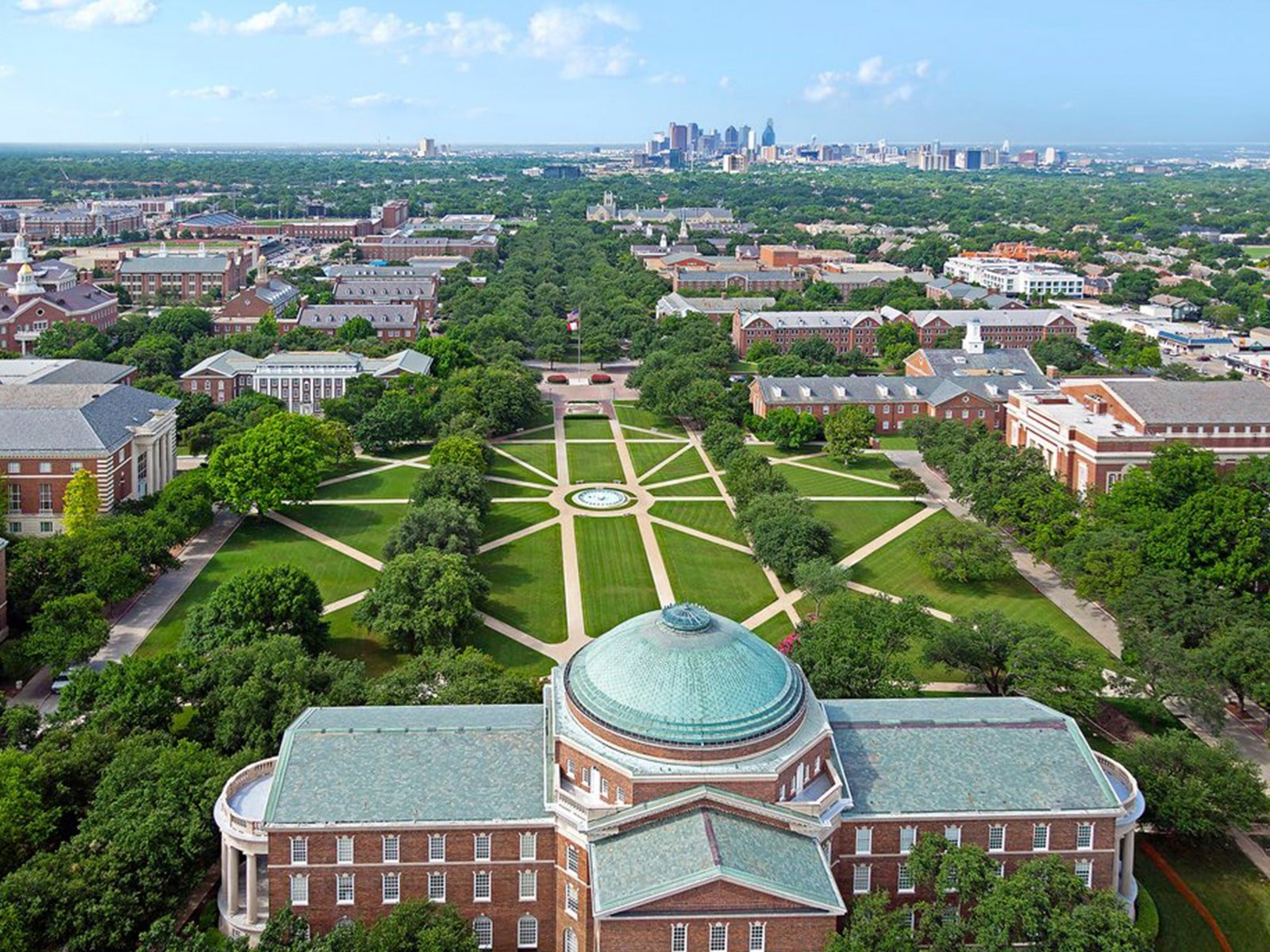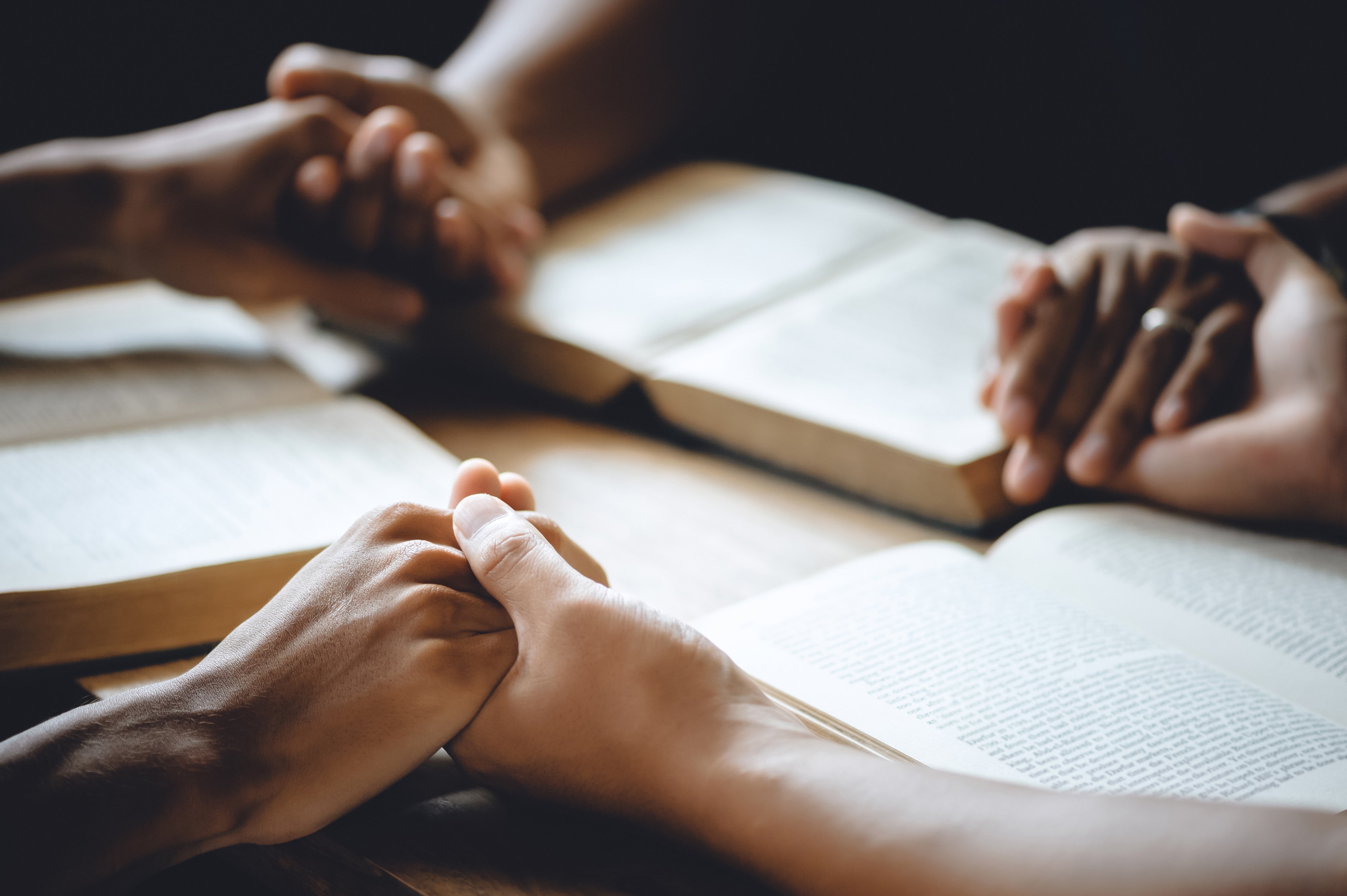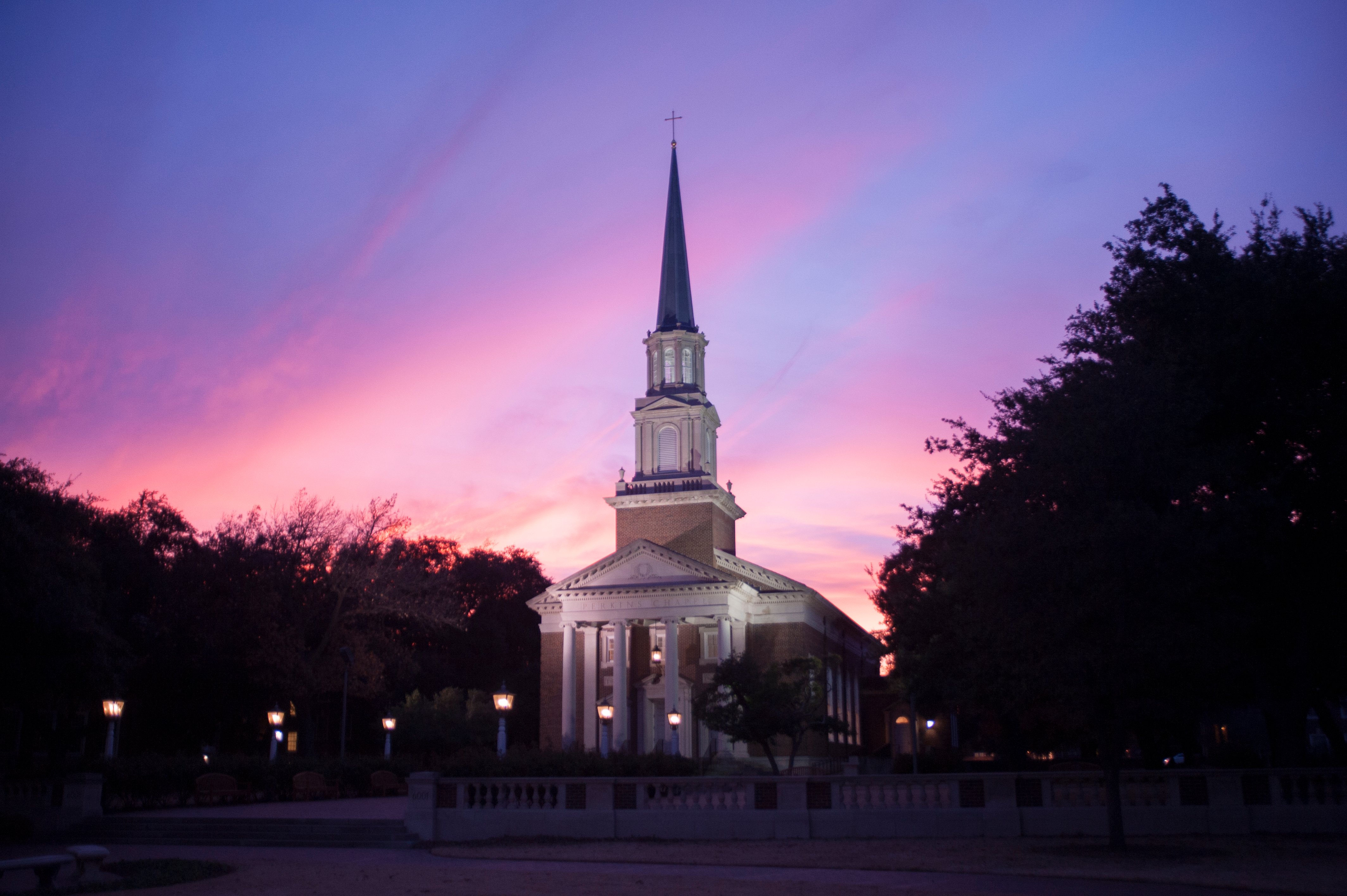A Historical Honor: Jazz Liturgy First Began at Perkins Chapel
As sacred spaces go, Perkins Chapel has always been rather austere and stately. But on May 20, 1959, it showed it could swing. That day, Perkins Chapel hosted the first-ever jazz liturgical service.
Ed Summerlin, an accomplished saxophonist doing graduate studies at North Texas State College, wrote the music. He led a nine-piece jazz band from that school, and together, with the help of Perkins faculty who read Scripture and preached, crossed a cultural boundary.
Summerlin was, in 1959, an experienced professional jazz player, composer and arranger, pursuing a doctoral degree in music at North Texas State. But he and his wife were also grieving the death of their infant daughter, Mary Jo, from a heart defect.
The Rev. Bill Slack Jr., assistant pastor of First Methodist Church in Denton, had counseled the couple through the tragedy. A few weeks afterward, Slack suggested Summerlin consider writing music for a church setting. Summerlin agreed to think about it, and soon got busy writing jazz intended for a worship service but also as a memorial to his daughter.
Various steps ensued, but the result was the May 20, 1959, service at Perkins Chapel.
The boldness and novelty of the event, and the poignant circumstances that inspired it, attracted national news coverage. “Jazz goes to church” a headline read for an Associated Press story that ran in newspapers across Texas and beyond.
The considerable press coverage included a lengthy televised segment titled “A Requiem for Mary Jo.” It aired on NBC’s “Worldwide ‘60” program, hosted by Chet Huntley. Summerlin led other performances of the service in a range of settings and did a recording, “Liturgical Jazz,” that earned a rave review in DownBeat magazine.
Summerlin went on to have a long career that included founding the jazz program at City College of New York and writing other liturgical jazz works. He also composed and arranged for – and performed with – some of the biggest names in jazz.
However, over the decades, memories of the historic service faded. That was true, even at Perkins.
Celebrating Jazz Liturgy: 60th Anniversary
A passionate jazz expert from afar, Derick Cordoba of the University of Illinois at Urbana-Champaign, knew all about the first Perkins service. At first, Cordoba had never heard of Summerlin and the Perkins service until he read the great jazz bassist Ron Carter’s account in a book.
For Cordoba, himself an accomplished guitarist, that sounded like a dissertation subject. And eventually, it became his. One main task was to determine that Summerlin really did make history at Perkins Chapel on May 20, 1959.
“This is the first complete service of worship that was jazz,” Cordoba said. “I spent a lot of time, actually, researching to make sure I could make that claim.”
Thinking the service’s 60th anniversary should be observed, he reached out to Perkins in the fall of 2018 with the idea of reprising it in the original venue.
“It was quite a nice surprise to hear from Dr. Cordoba,” said Mark Stamm, professor of Christian Worship and Chapel Elder. Cordoba coordinated with Stamm and current student, Marcell Silva Steuernagel of Perkins’ Master of Sacred Music Program.
On April 24, Perkins Chapel again was enlivened by a nine-piece jazz combo from the University of North Texas (as the school is now known), this time directed by Cordoba, and playing for a jazz liturgy service that closely followed the original.
Among the musicians who worked with Cordoba in recreating the service was Colleen Clark, a drummer who recently defended her own dissertation at The University of North Texas. She teaches jazz history, and the chance to honor Summerlin’s contribution thrilled her.
“What a historical moment, to be able to celebrate this in the place where it originally happened,” she said. “I’m so proud we could all do this together.”
Cordoba praised the young musicians afterward and said how personally meaningful it had been for him to lead them in playing Summerlin’s music, and in the very place where jazz liturgy debuted.
“Ed Summerlin passed away in 2006, so I never got to meet him,” Cordoba said. “I feel like I have a point of connection now.”
Master of Sacred Music: Study Jazz, Choral Singing And Organ Performance
The M.S.M. program at Perkins will prepare you for professional music leadership in the church and academic work in church music. Music and theology courses, professional practicum and leadership development and other opportunities will prepare you to engage with a wide range of literature, performance practices and skills, and to apply this learning in both academic and church settings.
With a Master of Sacred Music degree, you can go on to be ordained as a Deacon in The United Methodist Church, as well as pursue a vocation in music ministry in any setting, whether it be a choral and organ program or a contemporary one.
Learn more about our M.S.M. degree program!
Not sure which degree program is right for you? You can explore all of our offerings in our resource, Discerning Theology and Ministry Degree Programs: Which is the Right One For You?
If you have any questions, we encourage you to book a meeting with us.






